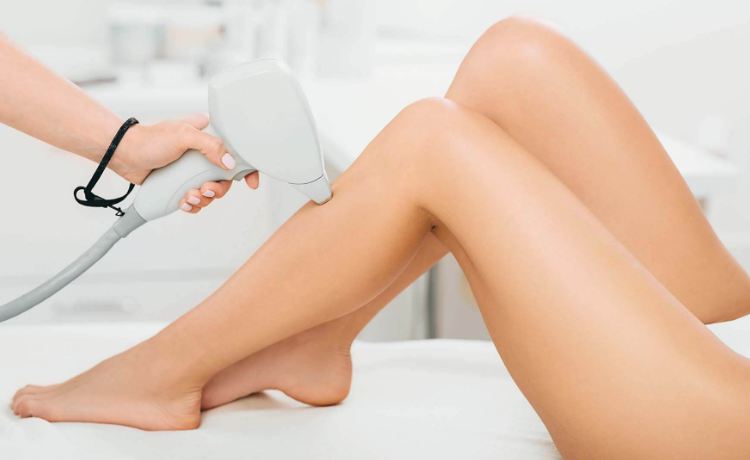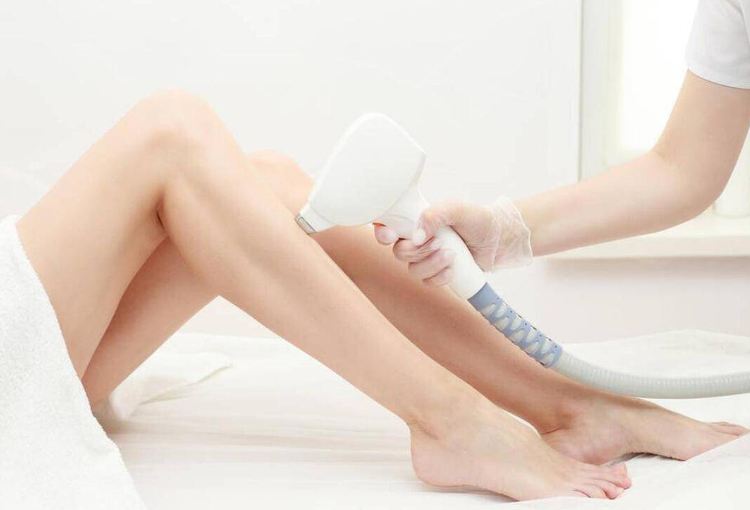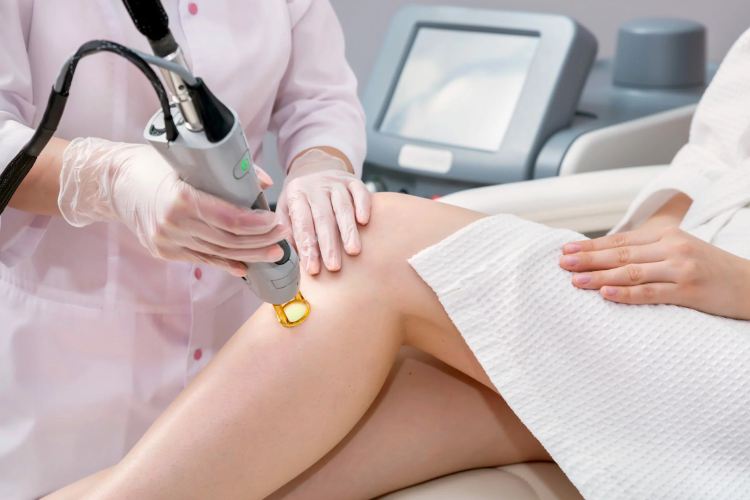
Since the advent of laser technology in hair removal, an increasing number of individuals have come to favor and appreciate this innovative approach. The long-lasting results and convenience associated with laser treatments have left many thoroughly impressed.
However, despite the numerous advantages, some prospective patients harbor concerns regarding the potential side effects associated with the procedure. Questions often arise, such as: "Is laser hair removal painful in sensitive areas?" and "How much discomfort should one expect during the treatment?"
If you find yourself pondering these questions, you’re not alone. In this article, we will address your queries about the pain levels, the various factors that influence discomfort, and effective pain management strategies to enhance your experience.
Table of Contents:
Part 1: Understanding the Pain Associated with Laser Hair Removal

How intense is the pain during laser hair removal? Do Brazilian laser treatments hurt more than other areas? Let’s delve into the details.
Typically, patients describe the sensation of laser hair removal as akin to a rubber band snapping against the skin. Nonetheless, individual experiences may vary based on the specific body area being treated. Sensitive regions such as the underarms, bikini line, and upper lip tend to be more painful, whereas areas with thicker skin tend to cause less discomfort.
To provide a clearer picture, let’s evaluate pain levels on a scale from 1 to 10, making it easier to understand what to expect.
Part 2: Factors That Influence Pain Sensation During Laser Hair Removal

What triggers the discomfort experienced during laser hair removal? Several factors come into play regarding the pain you may encounter during your sessions. Let’s break them down:
1. Individual Pain Threshold
Your personal pain threshold is a significant determinant of how much discomfort you’ll feel during the procedure. This threshold—the minimum intensity required for you to perceive pain—varies widely from one individual to another, influenced by factors such as age and skin sensitivity. Consequently, those with lower pain thresholds may experience heightened discomfort compared to individuals with higher thresholds.
2. Location on the Body
The level of pain can differ significantly based on the specific area being treated. Regions with thinner skin, such as the underarms, upper lips, and bikini lines, tend to be more sensitive due to a higher concentration of nerve endings, resulting in more intense sensations. In contrast, areas with thicker skin—like the arms, stomach, and legs—are generally less painful during treatment.
3. Hair and Skin Type
Your hair type also plays a role in determining the level of discomfort you may experience. Treatments on areas with thick, coarse, and dark hair are often more painful compared to those with finer hair. Additionally, individuals with darker skin tones may find laser hair removal more painful due to the higher melanin content in their skin. Lasers designed for darker skin types, such as the Nd: YAG laser, can be more intense and, therefore, more uncomfortable.
4. Hormonal Changes
This aspect particularly applies to women, as hormonal fluctuations can significantly impact the sensitivity of the skin. For instance, during menstruation, decreased estrogen levels can heighten skin sensitivity even to minor stimuli. Therefore, if you schedule your laser hair removal sessions close to your menstrual cycle, you may experience increased discomfort.
Part 3: Techniques for Managing Pain During Laser Hair Removal







































